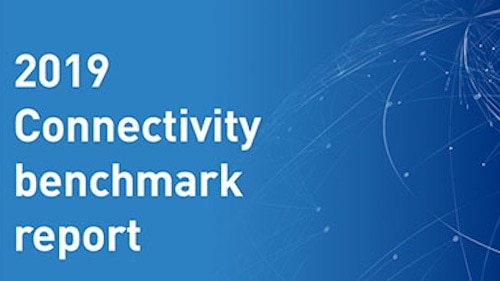In today’s connected world, it’s no surprise companies from all industries are working to rapidly digitize every part of the business. But in the journey to digital, businesses not only undergo fundamental changes in the way they operate — they also find themselves competing on speed and agility to meet consumers’ evolving expectations and to stay ahead of the market.
To benchmark the state of digital transformation initiatives, MuleSoft commissioned independent market research company Vanson Bourne to survey 650 IT leaders from global enterprises. While the vast majority of organizations (97%) are currently undertaking or plan to undertake digital transformation initiatives — through technologies such as big data analytics, IoT, and artificial intelligence — businesses still struggle to overcome the traditionally fragmented way of operating.
Here are the top three insights we uncovered.
The IT delivery gap continues to widen as new technologies emerge
To get value out of new technology investments – as well as all the applications and data that already exist within organizations – businesses are increasingly turning to IT. On average, IT teams are being asked to do 32% more projects with only a small increase (<10%) in budget this year, impacting their ability to deliver — 64% of IT leaders report they were unable to complete all projects last year. Additionally, IT is concerned with keeping up with new applications and technologies the business invests in, with 84% of organizations confirming integration challenges hinder their digital transformation progress.

IT’s new role: The business catalyst
Digital transformation, which started as an IT initiative, has evolved into a business-wide charge. The majority (92%) of respondents say integration needs to expand beyond IT to a wide range of business areas, from business analysts and data science to HR and marketing.

The greater need for support across lines of business has resulted in IT’s move away from an operations-focused role into a central business role, leading the organization toward digital transformation success. Encouragingly, IT and business leaders report more alignment than ever before: 72% of IT leaders this year report they are aligned with the business versus 57% in 2018.
APIs emerge as the key to unlock digital transformation
With the growing need for IT support, organizations that turn to application programmable interfaces (APIs) are experiencing significant business outcomes. Ninety-one percent of respondents from organizations that own public and/or private APIs report greater productivity and decreased operational costs, among other benefits. For 36% of respondents, APIs also generate more than 25% of their organization’s revenue. By creating reusable API assets, IT not only improves the efficiency of their processes but also increases overall delivery speed and capacity for the business.

Takeaways
To truly stand out in a market where every organization is digital, enterprises must go beyond adopting digital tools, overcome persistent business challenges, and strive for digital maturity to shape their market.
For more information about the report’s findings, read MuleSoft’s blog. To access full insights on the state of digital transformation, download MuleSoft’s 2019 Connectivity benchmark report.



























